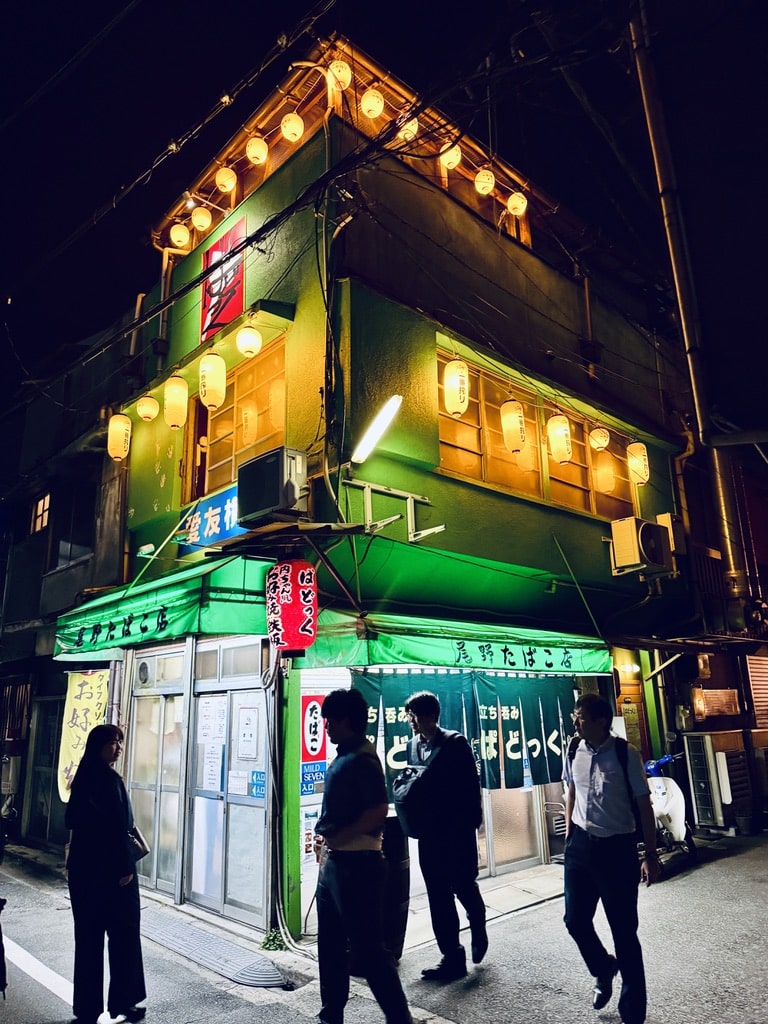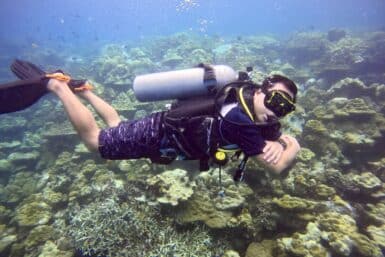Hiroshima is a city that blends profound history, vibrant food culture, and breathtaking scenery. Known worldwide for its moving memorials, this modern and resilient city also offers plenty of surprises, whether it is strolling castle grounds, meeting friendly deer on Miyajima, or joining the roar of local baseball fans. This Hiroshima Travel Guide is built around a 3 day Hiroshima travel plan that balances historical exploration, cultural immersion, and leisurely island escapes.
Day 1: Peace Memorial Park, Atomic Bomb Dome, and Okonomiyaki
We began our trip at the heart of Hiroshima’s story, the Peace Memorial Park. This large, tranquil space is dedicated to remembering the events of August 6, 1945, and promoting peace for future generations. Walking through its tree lined paths, you will encounter monuments such as the Children’s Peace Monument, the Flame of Peace, and the moving Peace Memorial Museum, which provides powerful exhibits and personal stories from survivors.
The park’s most iconic site is the Atomic Bomb Dome, preserved exactly as it stood after the explosion. This haunting structure, now a UNESCO World Heritage Site, is a solemn reminder of the past but also a testament to the city’s determination to rebuild.
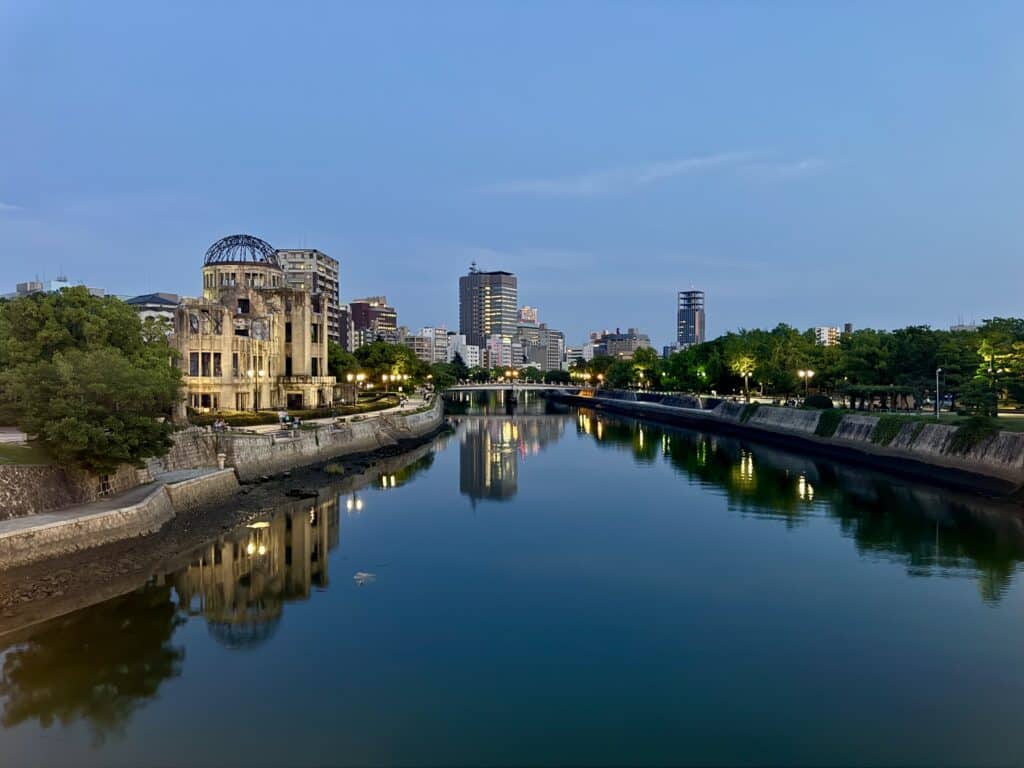
We were incredibly fortunate to witness an unforgettable moment during our visit when the Emperor and Empress of Japan arrived to pay their respects at the Peace Memorial. The crowd fell silent as they approached, and the significance of that moment gave us goosebumps.
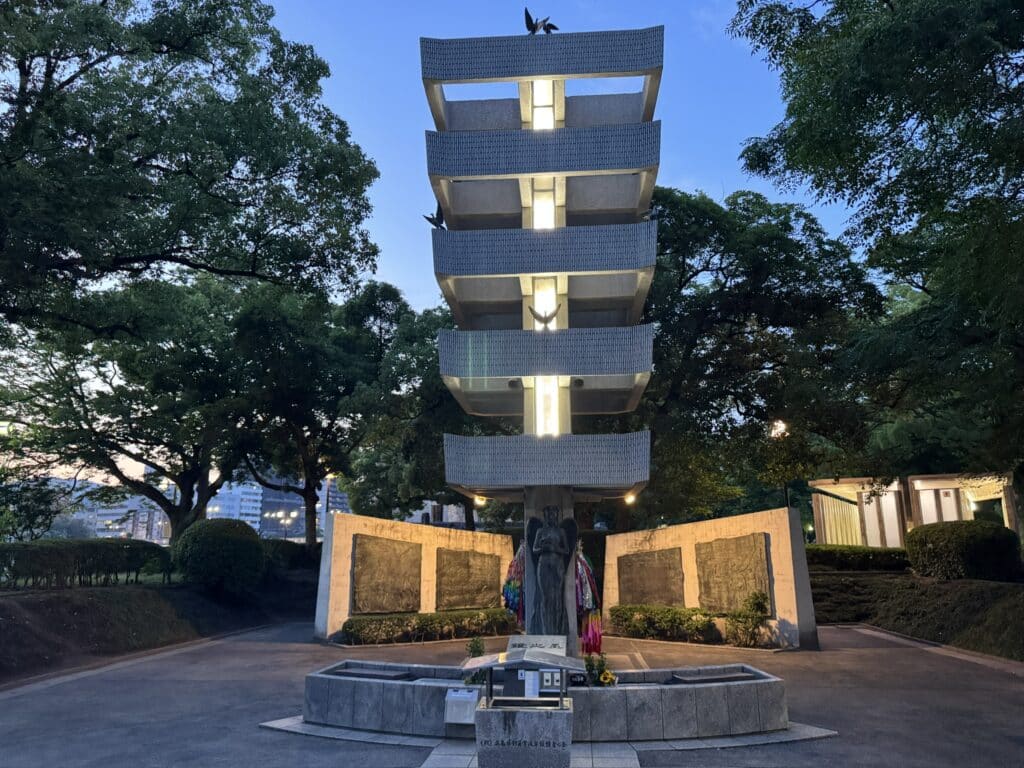
After such a reflective and emotional afternoon, we shifted gears to something lighter, Hiroshima’s signature dish, okonomiyaki. This savory pancake is layered with cabbage, noodles, pork, and a special sweet savory sauce, then cooked on a hot iron griddle right before your eyes. Sitting at the counter, watching the chefs skillfully flip and layer the ingredients, made the meal as entertaining as it was delicious.
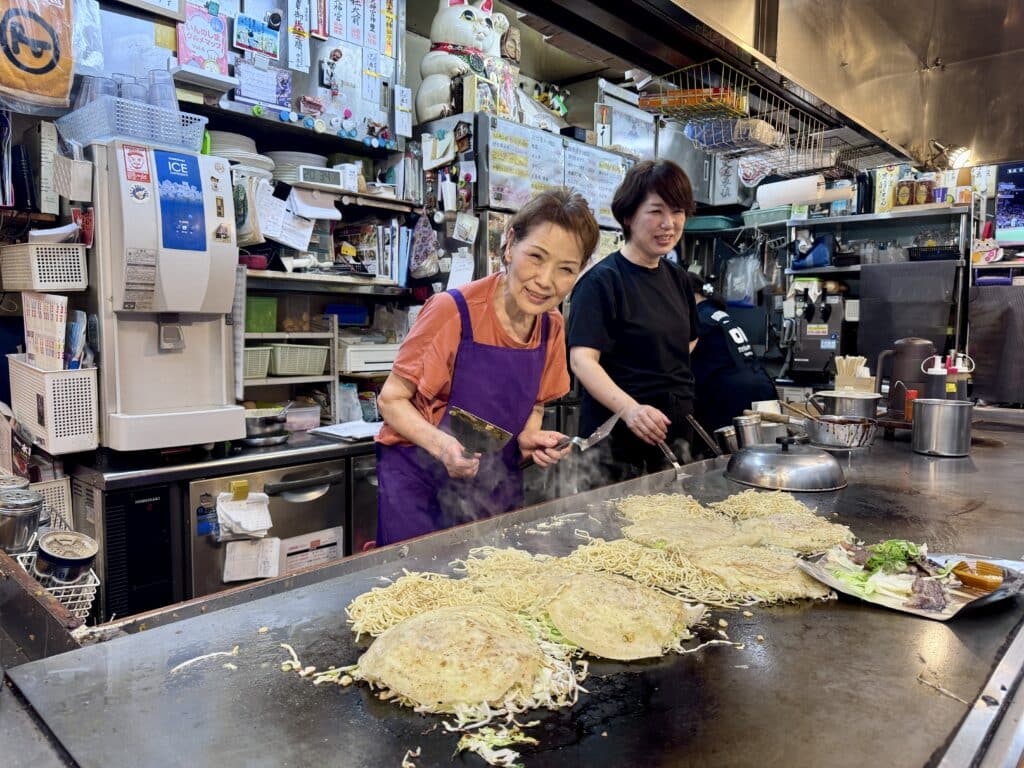
Day 2: Hiroshima Castle and Local Exploration
Our second day began at Hiroshima Castle, also known as “Carp Castle” due to the city’s long time symbol. Surrounded by a scenic moat and landscaped grounds, the castle offers an excellent glimpse into Hiroshima’s feudal past. The reconstructed keep houses a museum showcasing samurai armor, weapons, and historical artifacts, while the observation deck provides panoramic views of the city.
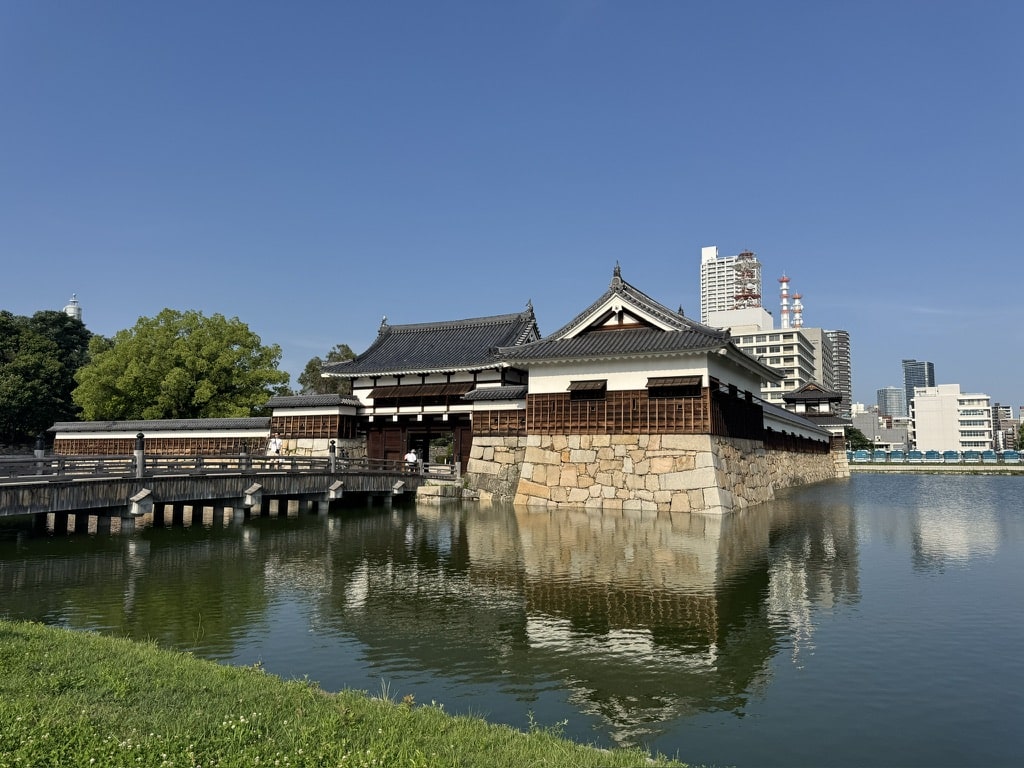
In spring, the castle grounds transform into one of Hiroshima’s most beautiful cherry blossom spots, attracting locals and travelers alike. Even in other seasons, the peaceful walkways and shaded benches invite a moment of calm.
From the castle, we wandered into surrounding neighborhoods, browsing small boutiques and cozy cafés. Hiroshima’s street life is relaxed but full of personality, with friendly shopkeepers, street food stalls selling fried momiji manju (maple leaf shaped cakes), and tucked away izakayas that come alive at night.
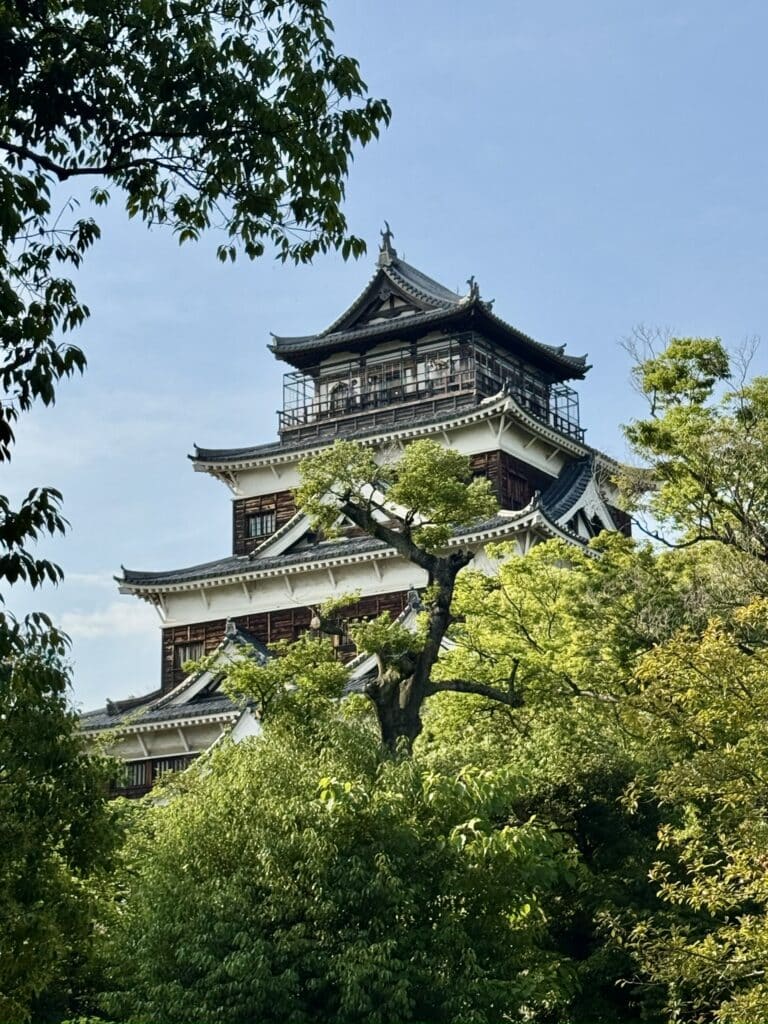
Day 3: Miyajima Island Adventure
No Hiroshima travel plan is complete without a day trip to Miyajima Island. Just a 30 minute train and ferry ride from Hiroshima, this island is home to one of Japan’s most photographed sights, the “floating” torii gate of Itsukushima Shrine. At high tide, the gate appears to rise from the water, while at low tide, you can walk right up to its massive wooden pillars.
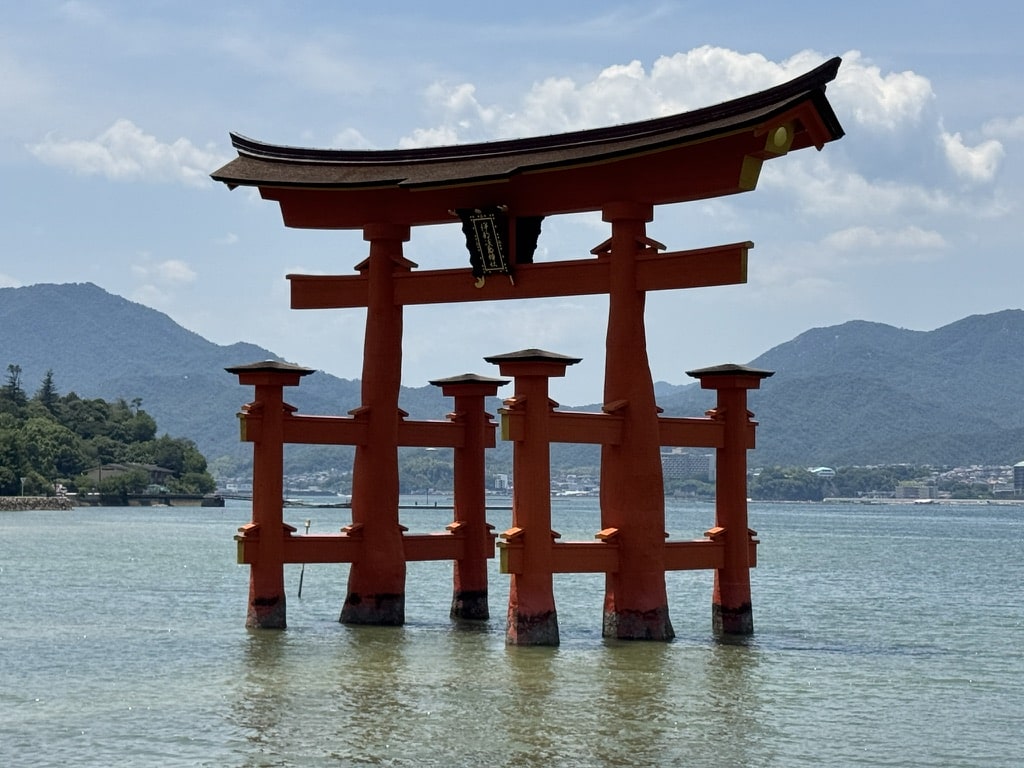
Miyajima is also famous for its freely roaming deer, who are curious and surprisingly friendly. Karlye and Rylie had a blast feeding them and laughing as the deer gently nudged them for more snacks.
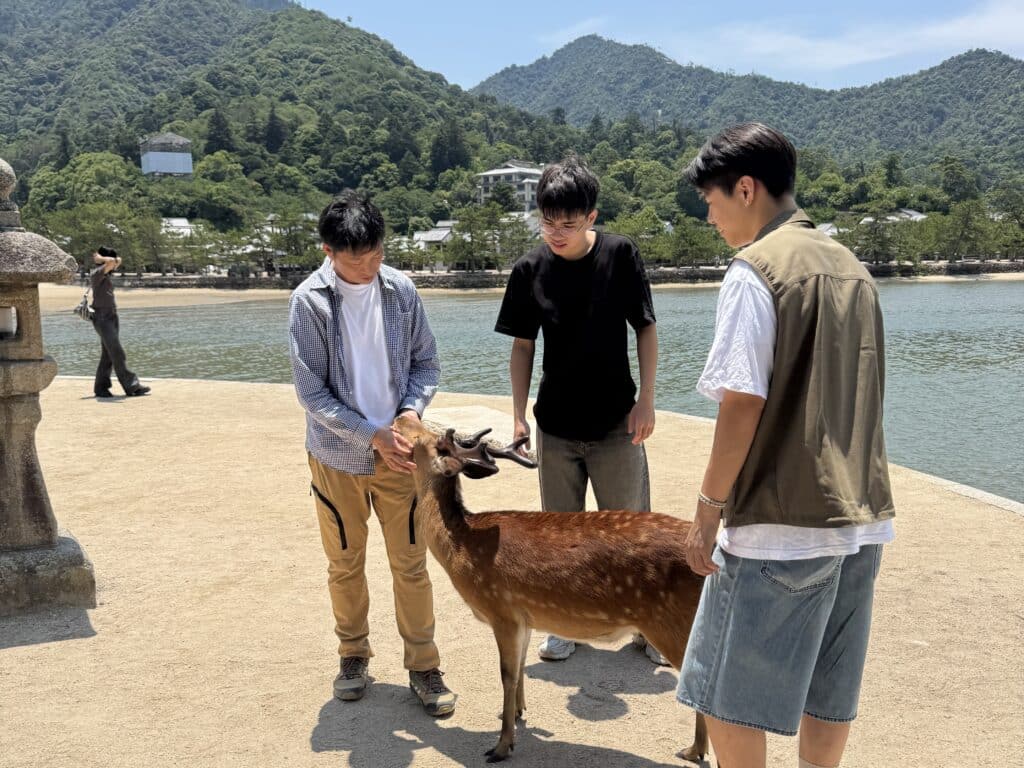
Beyond the shrine, we explored winding streets lined with souvenir shops and street food vendors. Grilled oysters, fresh from the Seto Inland Sea, are a local specialty, as are momiji manju filled with sweet bean paste. For a more active adventure, hiking Mount Misen rewards you with sweeping views over the sea and neighboring islands.
Bonus Experience: Hiroshima Carp Baseball Game
If your schedule allows, cap off your Hiroshima trip with a Hiroshima Carp baseball game at Mazda Zoom Zoom Stadium. The atmosphere is electric, with fans dressed head to toe in red, singing chants, and waving inflatable sticks in unison. Even if you are not a sports fan, the lively spirit of the crowd offers a unique window into Hiroshima’s community pride.
Travel Tips for Hiroshima and Miyajima
Getting Around: Hiroshima’s streetcar system is easy to use and connects most major attractions. For Miyajima, take the JR Sanyo Line to Miyajimaguchi Station, then the ferry.
Best Time to Visit: Spring and autumn are the most comfortable seasons, with cherry blossoms in April and colorful foliage in November.
Where to Stay: Base yourself near Hiroshima Station for easy transport connections, or choose a ryokan on Miyajima for a peaceful overnight experience.
Local Eats: Besides okonomiyaki and oysters, try tsukemen (spicy dipping noodles) and momiji manju.
Final Thoughts
This Hiroshima Travel Guide covers a well rounded Hiroshima travel plan that combines history, culture, nature, and fun. From standing before the Atomic Bomb Dome to feeding deer on Miyajima, Hiroshima delivers experiences that are both humbling and uplifting. Whether you follow this itinerary exactly or adapt it to your own pace, you will leave with unforgettable memories and a deeper appreciation for this resilient city and its warm hearted people.
